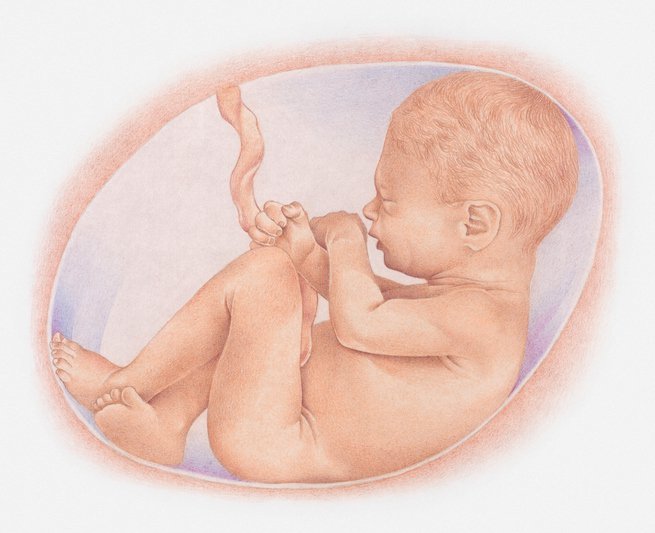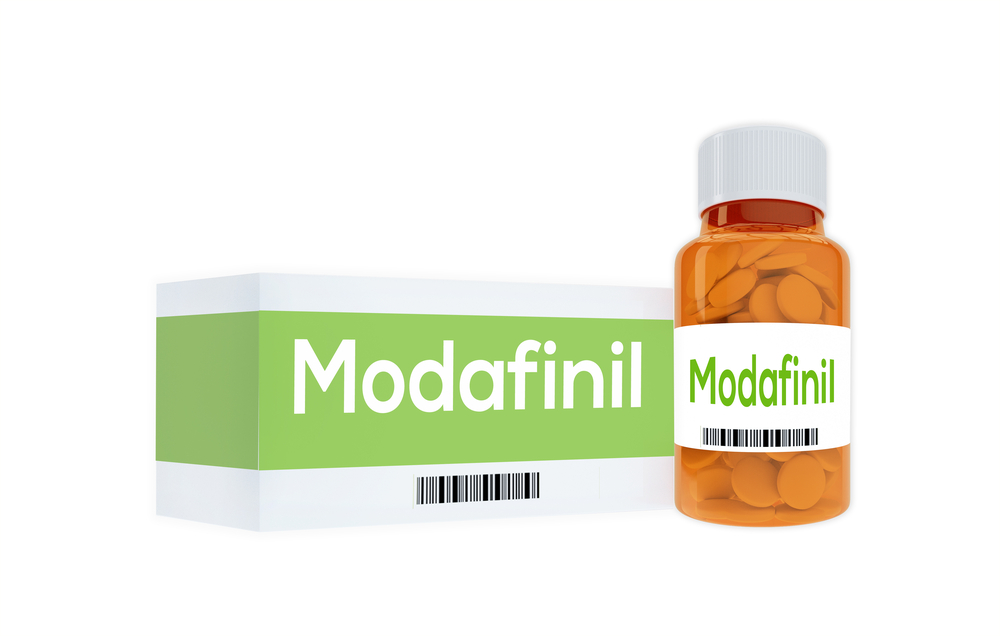Contents:
- Medical Video: Amniocentesis (Amniotic Fluid Test)
- What is amniotic fluid?
- What are the functions of amniotic fluid?
- Problems with amniotic fluid that may occur
- Oligohydramnios, too little amniotic fluid
- Polyhydramnios, too much amniotic fluid
Medical Video: Amniocentesis (Amniotic Fluid Test)
Amniotic fluid is one of the important elements to support the growth and development of the womb. Amniotic fluid that has problems can certainly interfere with fetal growth and development.
What is amniotic fluid?
Amniotic fluid is a rather yellowish colored liquid that surrounds the baby in the womb. Amniotic fluid appears 12 days after conception produced by the mother. Then, at around 20 weeks' gestation, amniotic fluid is replaced with fetal urine which is swallowed and expelled again by the fetal body, and so on. In addition to fetal urine, amniotic fluid also contains nutrients, hormones, and antibodies to fight infection.
If the color of the amniotic fluid is slightly greenish or brownish when the baby is born, the sign, the baby has defecated for the first time before birth. This can be a problem called meconium aspiration syndrome. This is a respiratory problem that occurs when mekonium (the baby's first stool) enters the lungs of an unborn baby. After birth, babies with these problems need special care.
What are the functions of amniotic fluid?
Amniotic fluid has a lot of functions for babies. Healthy amniotic fluid supports the growth and development of healthy babies in the womb.
Some functions of amniotic fluid are:
- Protect the fetus from external pressure, as a cushion for the fetus
- Helps control the temperature of the baby to always feel warm
- Protect the baby from infection because it also contains antibodies
- Helps the development of muscles in the digestive and respiratory systems because the baby breathes and swallows amniotic fluid
- Helps the development of muscles and bones. In the presence of amniotic fluid, the baby can be free to move.
- Prevent suppression of the umbilical cord so that food and oxygen can be delivered to the fetus smoothly
Problems with amniotic fluid that may occur
The volume of amniotic fluid in the uterus must be appropriate. Amniotic fluid has the highest volume at gestational age of about 34-36 weeks, the average volume is 800 ml. Then, the volume decreases as the gestational age approaches birth. The volume of amniotic fluid averages 600 ml at 40 weeks' gestation.
If the amniotic fluid is too much or too little, this can cause complications for you and your baby. Too much amniotic fluid is called hydramnios or oligohydramnios. Meanwhile, too little amniotic fluid is called polyhydramnios.
Oligohydramnios, too little amniotic fluid
You may have less amniotic fluid (oligohydramnios) if your amniotic fluid leaks, the size of your uterus is smaller for gestational age, or you don't feel much movement of your baby.
You will be more likely to experience oligohydramnios if:
- The membranes of the amniotic sac decay, rupture, or leak before birth
- Placental problems
- Chronic high blood pressure
- Preeclampsia
- Diabetes
- Twin pregnancy, when twins experience twin-to-twin transfusion syndrome in which one fetus experiences excess fluid while the other experiences a lack of fluid.
- Fetal abnormalities, such as birth defects (especially in the kidneys and urinary tract abnormalities)
What happens if my amniotic fluid is less?
Amniotic fluid is important for the development of fetal organs, especially the lungs. So, too little amniotic fluid for a long time can cause abnormal fetal development, especially in the lungs called pulmonary hypoplasia.
A smaller volume of amniotic fluid makes you more at risk of complications during labor, such as stress on the umbilical cord and meconium aspiration. This low volume of fluid can limit the movement of the baby. Babies can be depressed because of the narrow space. This can lead to the formation of abnormalities in the fetus.
It's best to always check your pregnancy, especially if you have less amniotic fluid. Regular checks are needed to make sure your womb baby can grow normally. If you experience a shortage of amniotic fluid nearing the time of birth, your labor may be induced or you may experience preterm birth, especially if you have severe preeclampsia or your baby does not develop in the womb. If normal labor is dangerous for babies who lack amniotic fluid, you will be recommended to give birth by caesarean section.
Polyhydramnios, too much amniotic fluid
If you have more amniotic fluid (polyhydramnios), one of the signs is that your uterus expands faster than it should, making it look bigger. You may also experience abdominal discomfort, back pain, shortness of breath, uterine contractions, and swelling of the feet and wrists.
Polyhydramnios is more likely to occur if you experience:
- Gestational diabetes
- Twin pregnancy
- Genetic disordersfetus
- Fetal abnormalities, which make it difficult for the fetus to swallow fluids but the kidneys continue to produce fluids. Such as, pyloric stenosis, cleft lip or cleft palate, fetal digestive system abnormalities, and birth defects.
- Other causes such as infection due to Rubella, Cytomegalovirus (CMV), Toxoplasmosis, and Syphilis
What happens if I have more amniotic fluid?
You may be monitored more closely given your risk of having a premature birth or premature ruptured membranes (KPD). In addition, when you go into labor, the doctor will also be more careful. At the time of delivery, you are also more likely to experience prolapse of the umbilical cord (the umbilical cord is released when going through the opening of the cervix). Both of these conditions require you to give birth by caesarean section.You are also more at risk for postpartum bleeding.
If you experience polyhydramnios, discuss with your obstetrician what needs to be done to prevent complications that might occur.
READ ALSO
- What causes rupture of membranes before the time?
- How to Detect Chromosomal Abnormalities in Infants in the Contents
- What Happens In Infants If Mothers Stress When Pregnant?












